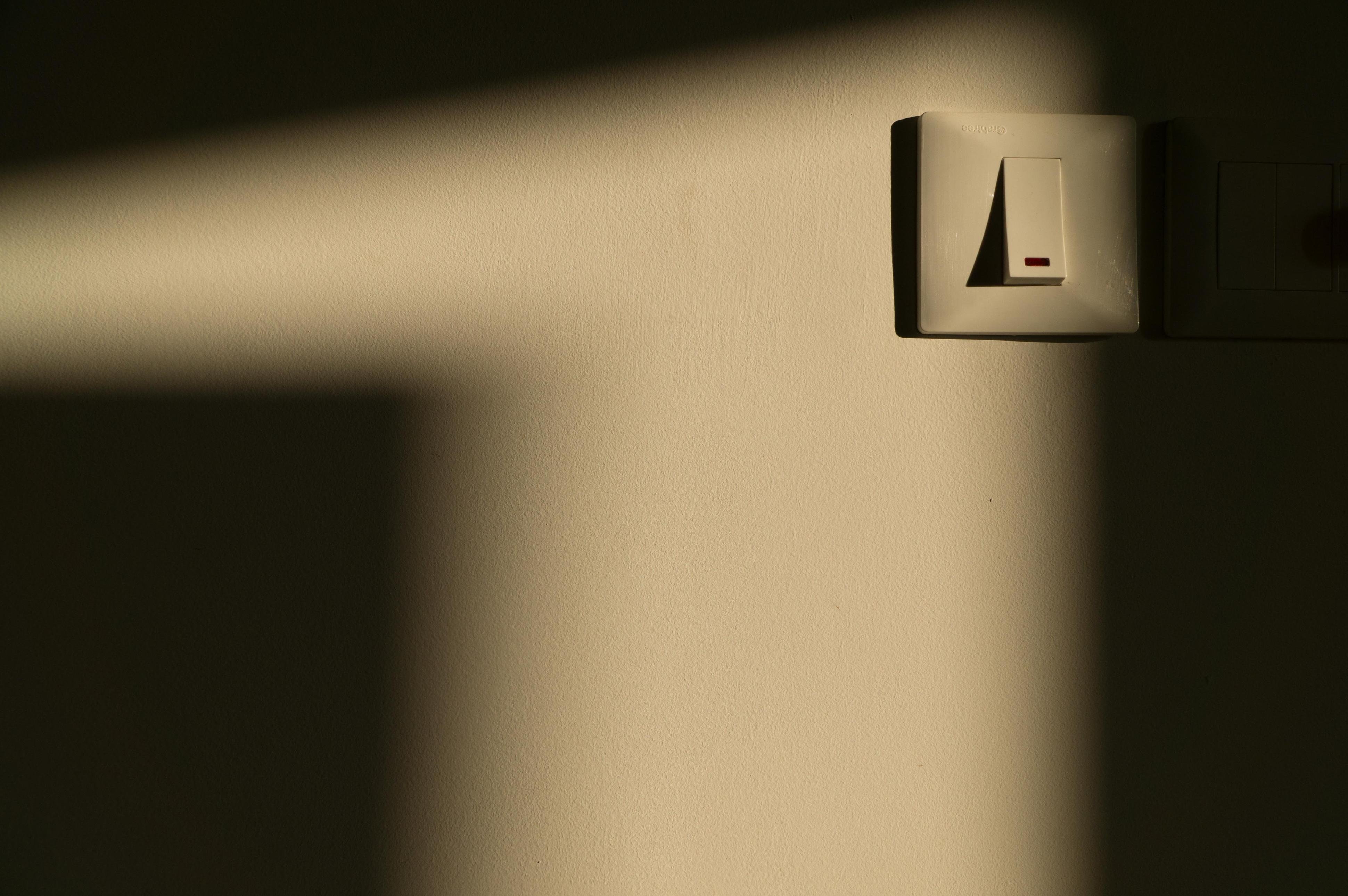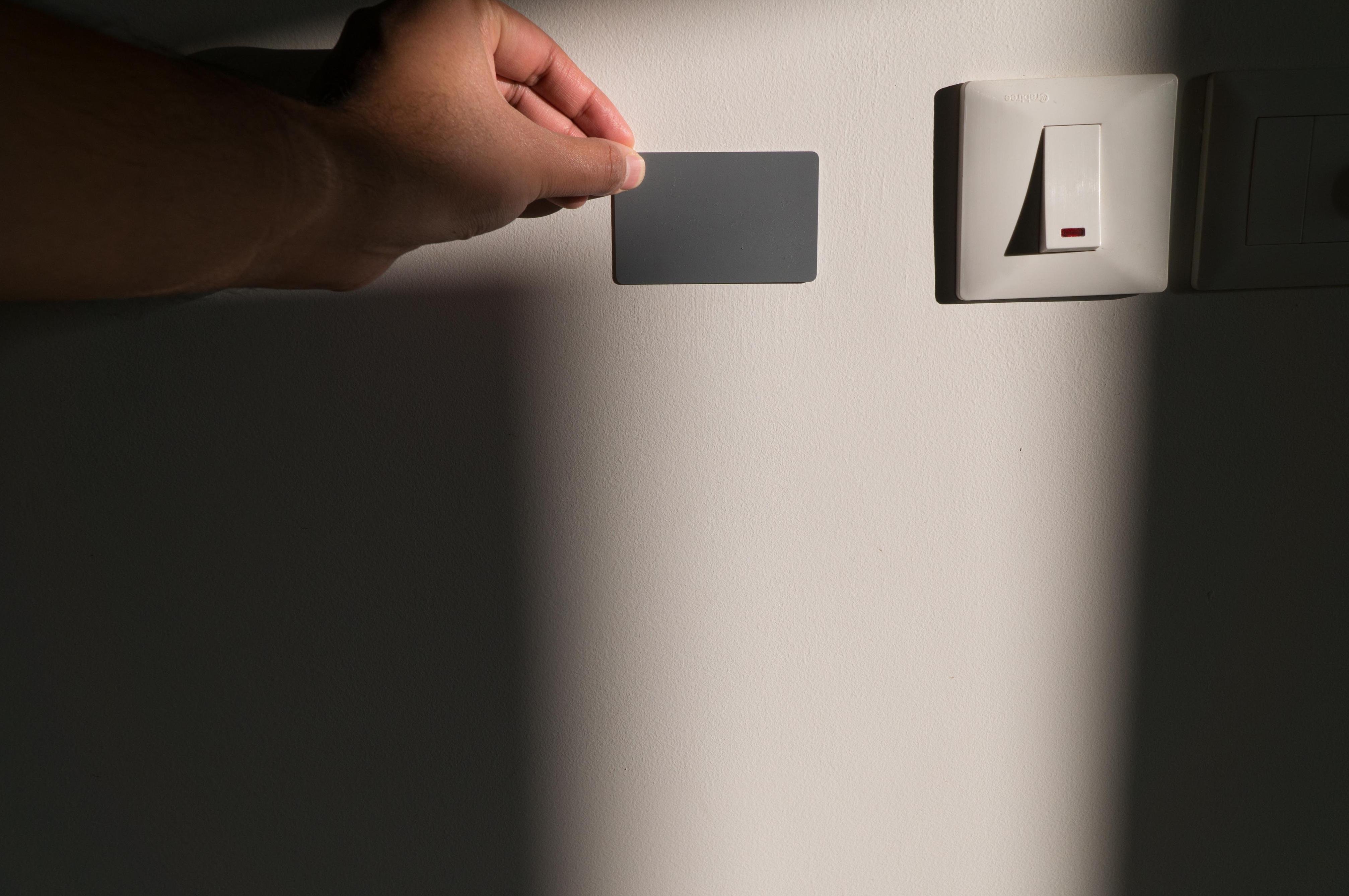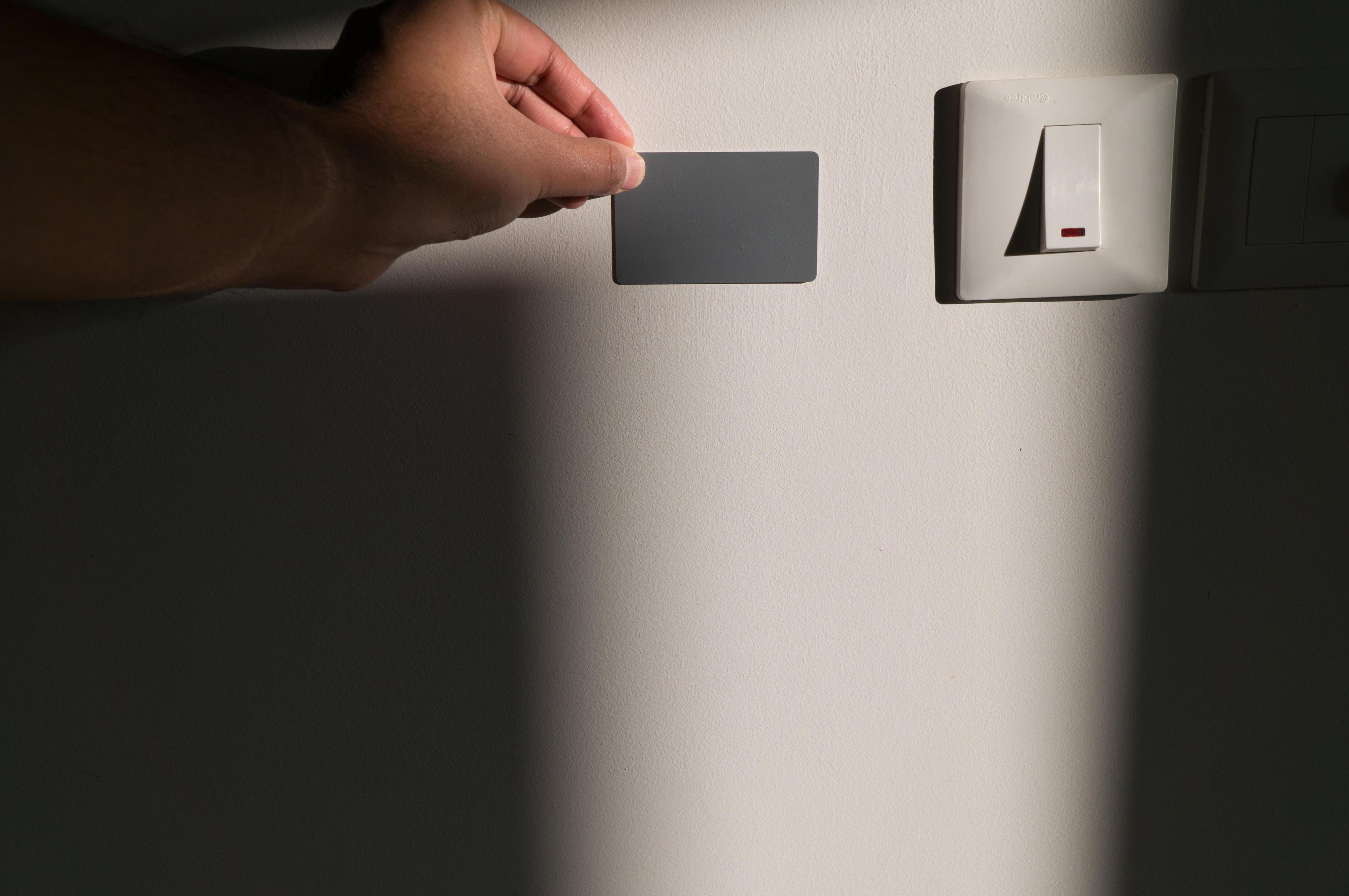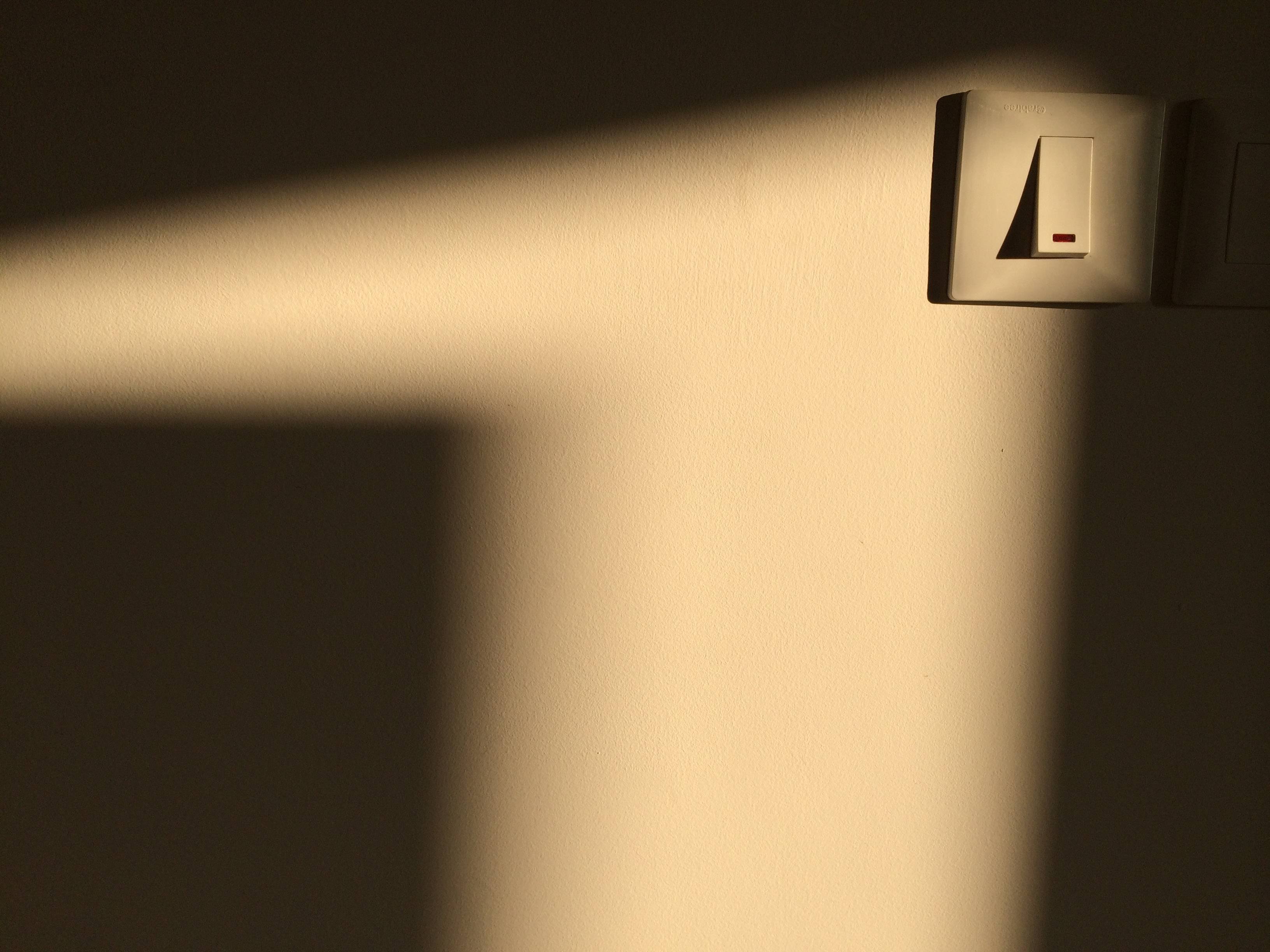I found a brilliant yellow area of sunlight on my wall, and I wanted to capture this color.
I took a photo with auto WB, on my NEX-5R:
The sunlight in this photo isn't yellow enough, so I switched to custom white-balance. I held a grey card in the scene, set the camera to use it as the neutral reference point, and took a photo with those white balance settings. Unfortunately, this made things worse, not better:
To check, I then set the WB in Lightroom, using the picker tool and using the grey card as a reference point, but that didn't help:
At one level, this is a good result, since it confirms that the camera's custom WB implementation is working correctly (or rather, as correctly as Lightroom's). But it doesn't help me achieve my goal, which is to capture the yellow color of the sunlight accurately.
My guess as to why this is happening is that since the grey card was held in sunlight, the yellow of the sunlight is being considered neutral and therefore canceled out by the WB implementation, resulting in a cooler image. In other words, that's the whole point of white balance — to cancel out the effect of the sunlight, and accurately capture the colour of the wall, which is closer to white than to yellow. So it's good that things are working as they are supposed to.
How, then, am I supposed to capture the colour of the sunlight itself?
And is there some way to fix this image to achieve that goal, or is it too late?
To address a few questions:
- I'm already shooting RAW.
- I tried all the preset WB settings in the camera.
- I tried using Lightroom's "auto" WB setting.
- I tried setting the WB using a grey card when it's cloudy outside, and then taking a photo with those settings of the sunlight on the wall (yes, this is during the golden hour).
- The idea of adjusting Lightroom's slider until it looks natural is problematic, because I no longer accurately remember the colour of the sunlight by the time I import the photo into Lightroom.
- I tried taking a dozen photos in camera with different colour temperatures, checking how they look, trying other settings, and so on, essentially doing a binary search to narrow down the right colour temperature. This is slow and painstaking, and the light can change midway through the process, and it's error-prone: you're likely to get the framing or metering or other settings different between the photos.
- It looks like my camera (Sony NEX-5R) doesn't let me edit the photo after taking it, by changing the color temperature. That would have been ideal.
As a sidenote, I tried using my iPhone, which captured the yellow more accurately than the NEX, but it's still not yellow enough:



